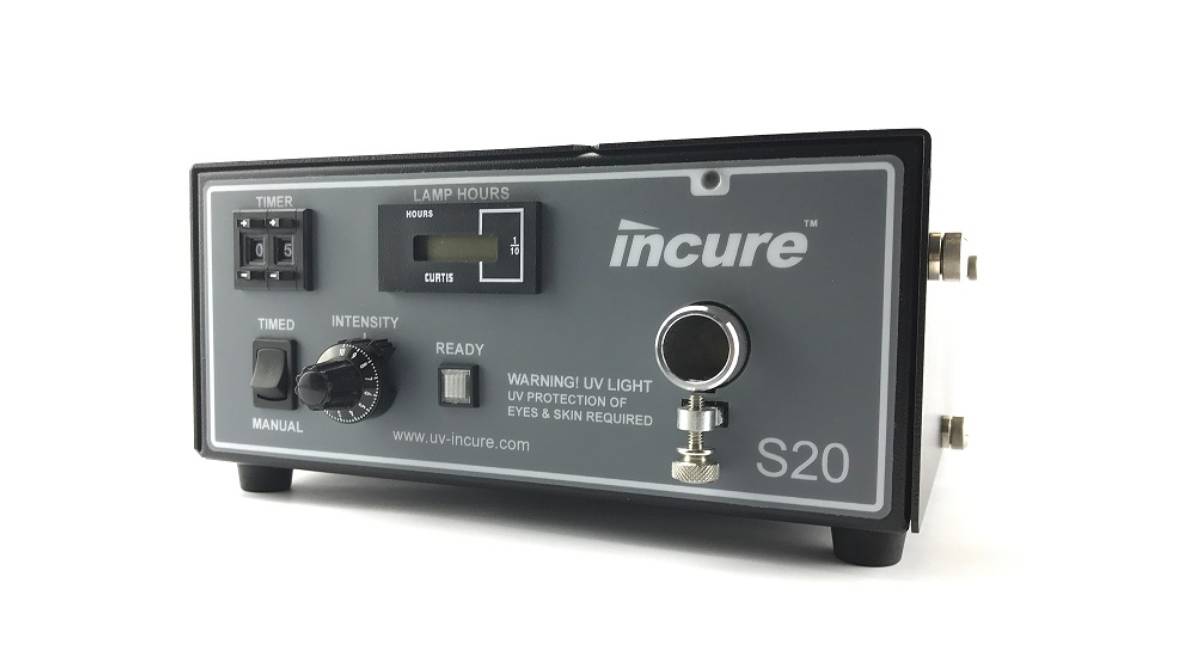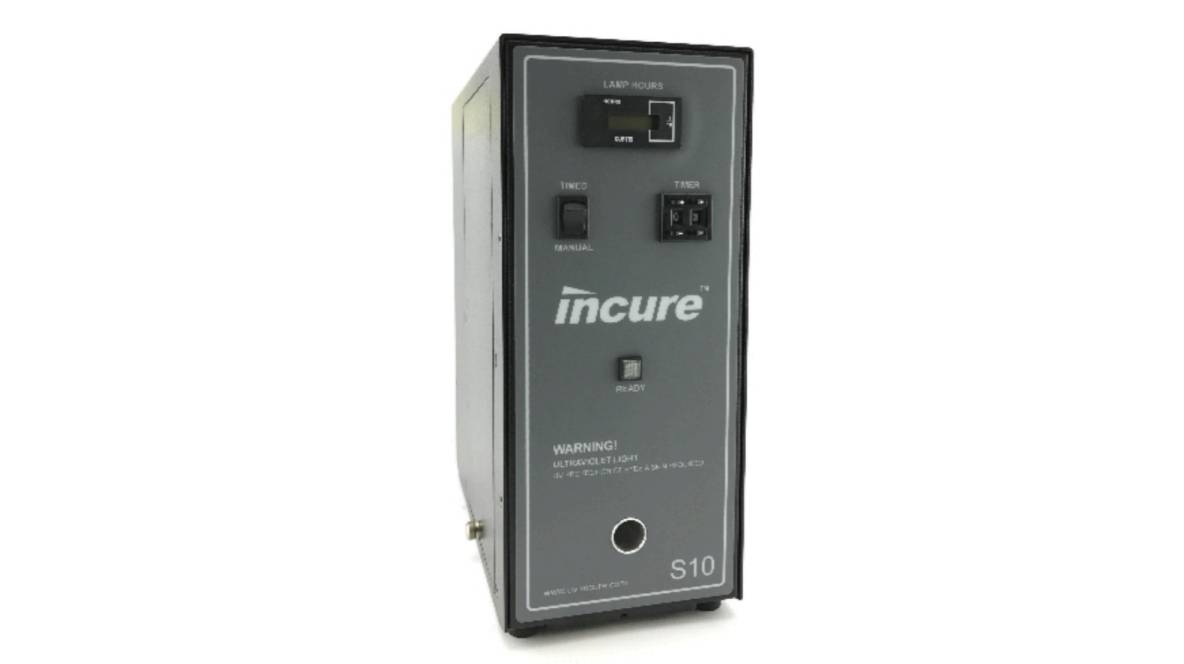The Bond that Lasts: Strategies to Maximize Adhesive Strength
Adhesives are the invisible workhorses of our world, holding countless objects together. But not all bonds are created equal. Sometimes, that seemingly secure connection can give way under pressure. Here, we unveil the secrets to maximizing adhesive strength, ensuring your projects stay securely bonded for years to come.
Understanding the Science of Adhesion:
There are two main factors at play in a strong adhesive bond:
- Mechanical Adhesion: The adhesive physically interlocks with the surfaces it’s bonding, creating a microscopic hold.
- Chemical Adhesion: Certain adhesives create a chemical reaction with the bonded materials, forming a stronger and more permanent bond.
Boosting Your Bond:
Here are some key strategies to maximize adhesive strength:
- Surface Preparation is Key: Ensure the surfaces you’re bonding are clean, dry, and free from dust, oil, or debris. Contaminants can hinder the adhesive’s ability to form a strong bond. Cleaning with rubbing alcohol or degreasers can be helpful.
- Choose the Right Weapon: Different adhesives are formulated for different materials. Using the wrong adhesive can lead to weak bonds or even surface damage. Research and choose an adhesive specifically designed for your project’s materials (e.g., wood glue, epoxy for metal).
- The Power of Roughening: For some materials, roughening the surfaces with sandpaper or a wire brush can increase the surface area for mechanical adhesion, leading to a stronger bond. However, be cautious not to damage the material excessively.
- Clamp Down for Success: Applying pressure with clamps or weights during curing can significantly improve bond strength by forcing the adhesive into the surface irregularities and creating a tighter connection.
- Curing with Patience: Respect the recommended curing times for your chosen adhesive. A bond that’s not fully cured might not reach its full strength potential.
- Consider Primers: For certain materials and adhesives, using a primer can create a better bond by promoting adhesion. Primers typically improve the surface chemistry for optimal bonding.
Advanced Techniques (Optional):
- Flame Treatment: For some plastics, a controlled flame treatment can modify the surface chemistry, enhancing adhesion. However, this technique requires caution and should only be attempted with proper training and safety gear.
- Plasma Treatment: This industrial technique uses ionized gas to clean and activate surfaces, leading to superior adhesion. While not readily available for home use, it’s an option for large-scale production.
Conclusion:
By understanding the science of adhesion and implementing these strategies, you can maximize the strength of your adhesive bonds. Remember, a little preparation and the right tools can transform your project from potentially falling apart to boasting a secure and lasting connection. So, choose your adhesive wisely, prepare your surfaces meticulously, and enjoy the satisfaction of a job well-bonded!




